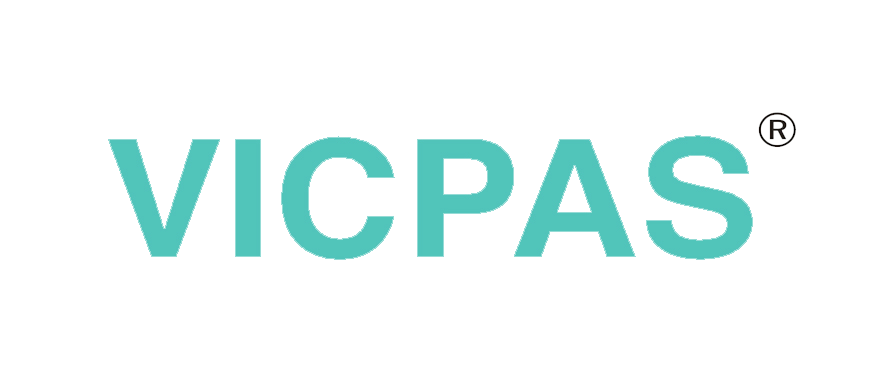2560 × 1600: The Ultimate Tablet PC Screen Resolution
2560 × 1600: The Ultimate Tablet PC Screen Resolution
June 09, 2011
What is the DisplaySearch Monitor? Learn more.
As analyzed in the April 5, 2011 DisplaySearch Monitor article “Smart Phone and Tablet Lead Way to High Resolution,” the trend toward increasing PPI (pixels per inch) in the tablet PC market is a non-stop process. 9.7” and 10.1” tablet PC panels are in direct competition due to the similarity in sizes. Currently, almost all 10.1” tablet PCs have 1280 × 800 screens and 150 ppi; this is higher than the iPad with 1024 × 768 and 132 ppi. The next iPad, however, will move up to 2048 × 1536 resolution and 264 ppi. Therefore, other panel makers have been planning to bump 10.1” resolution to 2560 × 1600, which is over 300 ppi.
It will be a challenge for panel makers to develop 300 ppi, especially using a-Si TFT LCD technology and larger glass substrates such as Gen 6. It is hard to believe that resolution can go higher than 2560 × 1600. Therefore 2560 × 1600 could be called the ultimate tablet PC screen. Samsung is one of the panel makers developing 2560 × 1600 tablet PC panels. The following figure shows Samsung’s demonstration of their 10.1” WQXGA panel adapting PenTile technology.
Figure 1 Samsung 10.1” WQXGA Panel with PenTile Technology

Source: Samsung demonstration at SID 2011
The ultra-high resolution trend in LCD panels might impact AMOLED. AMOLED has a disadvantage in ultra-high resolution compared to LCDs such as the so-called retina display used in the Apple iPhone 4. AMOLED makers have even adapted PenTile technology, which adds sub-pixels, to make 4” WVGA resolution, which LCD can easily do.
The limitations of conventional FMM (Fine Metal Mask) evaporation is the major barrier to high resolution for AMOLED. Evaporation and encapsulation are the two major processes in making AMOLED. AMOLED makers are trying to replace FMM evaporation with laser evaporation, which would allow high resolution with true R,G,B pixel structures. This offers AMOLED a prospect for shrinking the resolution gap with LCD.
Panel Makers Plan 2560 × 160010.1” 2560 × 1600 is not only superior in resolution. According to panel makers’ current product plans, brightness will be higher—700 nits—and thickness will be reduced to 2.39 mm from 3.0-3.2 mm, which is the current thinnest. Samsung and LG Display will be developing 10.1” 2560 × 1600; AUO and Sharp will probably follow suit.
The reasons for such high resolution are as follows:
- Product differentiation: Apple is the current market leader, and because Apple is planning to upgrade its resolution from XGA to QXGA, the other tablet PC companies are encouraging panel makers to develop higher density in order to compete. Currently many non-Apple tablet PC brands use 10.1” WXGA, which has a higher pixel density than the iPad. These include Acer Iconia, ASUS EeePad, Lenovo IdeaPad, Motorola Xoom, Dell Gallo, Samsung Galaxy Tab, LG Optimus and Toshiba Thrive. The following table shows theevolution of 9.7” and 10.1” tablet PC panels.
Table 1 Comparison of 9.7” and 10.1” Tablet PC Panels

- Most of the non-Apple tablet PCs will undoubtedly use Android as the operating system. The Android OS platform seems to be encouraging higher resolution in large screens. Android’s developer support website (http://developer.android.com/guide/practices/screens_support.html) offers guidance about screen configurations, as shown in the following table.
Table 2 Various Screen Configurations Available from Emulator Skins in the Android SDK

Challenges for WQXGA Resolution
Higher pixel density undoubtedly means a tougher job for design rules in the fab and many difficulties in process stability. In addition to production issues, there are two main challenges for the adoption of ultra-high resolutions such as 10.1” 2560 × 1600: power consumption and interface specification requirements.
The first challenge is power consumption.
Preliminary engineering assessments show that power consumption will shoot up from 10.1” 1280 × 800 to 10.1” 2560 × 1600. Low power consumption is an important feature for tablet PC, but higher resolution causes higher power consumption. Higher resolution normally means that transmittance is lowered, but tablet PCs require high brightness for outdoor usage. Therefore more LED chips are needed in the backlight unit to compensate for low transmittance. However, more LEDs mean higher cost, higher thermal heating and a thicker backlight unit, which counteracts other spec feature requirements of tablet PC.
The usual strategy for panel makers is to develop higher brightness in the native panel and then make brightness adjustable. This facilitates a longer battery lifetime through lower power consumption in lower brightness modes. Also, different tablet PC makers have different requirements for brightness. In fact, as the 9.7” standard brightness is 400 nits right now, some 200 nit panels, which are not qualified for iPad, have been sold into the white box tablet PC market in China. The following table shows the brightness differences.
Table 3 Brightness of Various Tablet PC Panels

The second challenge is panel interface specification requirements. The current laptop or tablet PC interface is LVDS (Low Voltage Differential Signaling). LVDS is an electrical digital signaling system that can run at very high speeds over inexpensive twisted-pair copper cables. It was introduced in 1994, and has since become very popular in computers, where it forms part of very high-speed networks and computer buses. However, for high resolutions such as 2048 × 1536 or 2560 × 1600, the new interface eDP (Embedded DisplayPort) will be necessary to accommodate the huge amount of data transmission.
eDP is an emerging interface technology, especially in the mobile computing space, and many believe it will replace LVDS in the long term.
There are basically three problems for LVDS in dealing with high resolution.
- The large signal numbers of high resolution increase the cables and connectors. More cables and connectors mean less space for thin form factor design.
- Increased signals require more transmitter and receiver pin counts, which increases cost.
- LVDS needs a special frequency. The higher signal numbers will cause a shift of data and frequency. This means more difficulties in long-distance transmittance. The special frequency will also cause more serious electromagnetic interference (EMI).
eDP is supported by VESA (Video Electronics Standards Association), as shown in http://www.displayport.org/. The eDP design concept is basically a simple connector and fewer pin counts for high resolution. EDP can cover vertical 1600 resolution with a two channel system. This makes eDP good for the high resolution tablet PC panel interface. However, eDP may need longer design lead time, and development engineers will face a learning curve in dealing with the eDP interface vs. the traditional LVDS. This may present a problem for panel makers


